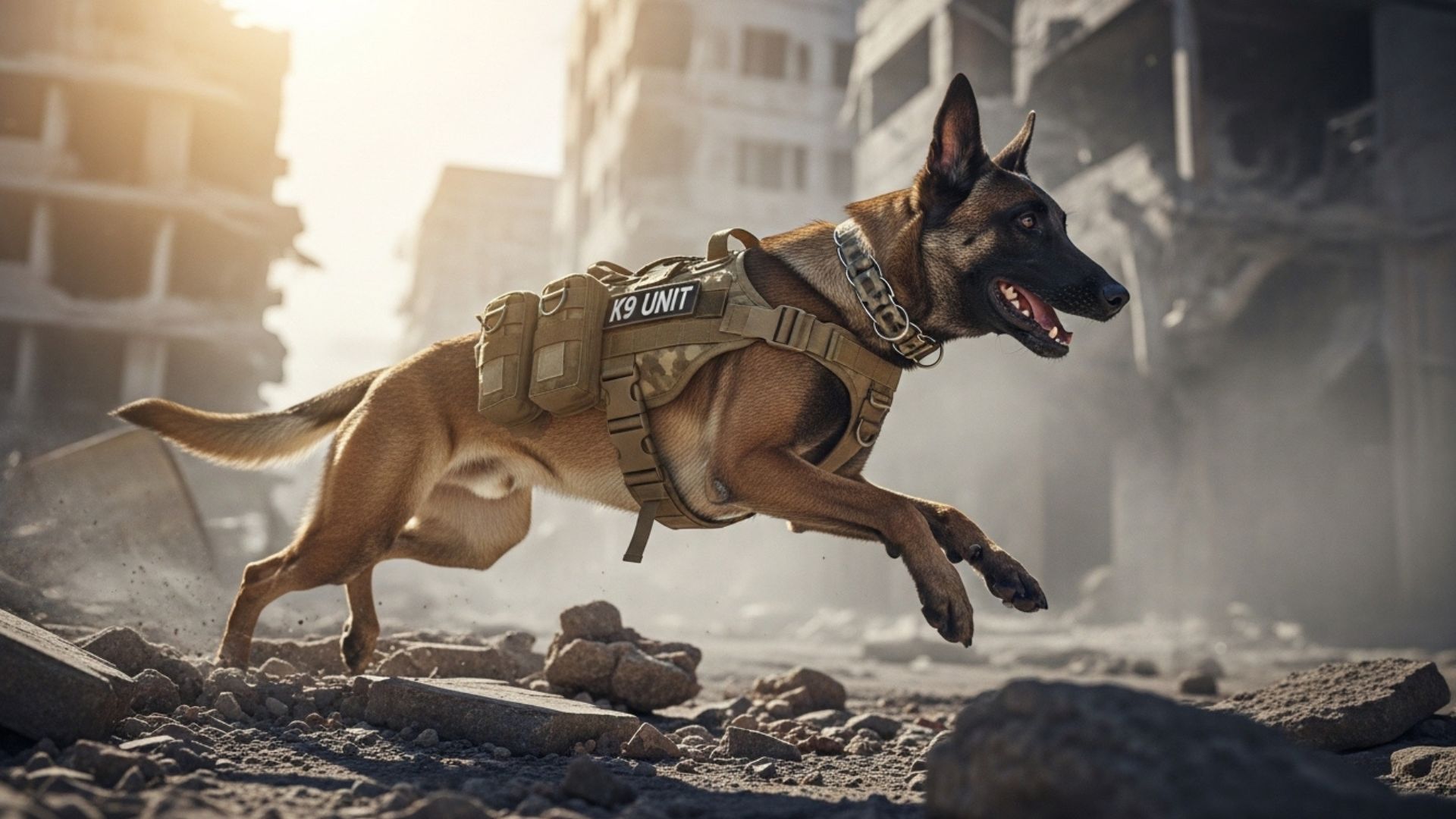Few animals have worked alongside humans as faithfully as dogs, especially the powerful breeds bred for demanding tasks. From guarding fortresses to rescuing soldiers in the field, these dogs combine intelligence, courage, and unbreakable loyalty.
From ancient empires to modern warfare, working war dogs have proven to be invaluable allies for armed forces in the battle. U.S. Army Center of Military History, ACHH Army, notes that more than 10,368 trained dogs were enlisted during World War II, with 1,894 deployed overseas on active duty. These dogs weren’t just companions; they were soldiers in their own right, trained to detect ambushes, carry messages, and locate the wounded under enemy fire.
As stated by The History Reader, war dogs are credited with saving an estimated 15,000 lives in WWII and 10,000 during the Vietnam War, completing over 87,000 missions that shaped the outcome of key operations. Their sensory abilities were unmatched; some could detect enemies from up to 1,000 yards away, as documented by DVIDS News, giving troops vital early warnings before attacks.
These figures aren’t legends; they’re hard-earned facts that reveal how strength, intelligence, and loyalty transformed ordinary dogs into extraordinary heroes. The following sections explore the strongest working war dog breeds ever known, each a living testament to courage, discipline, and devotion that continues to inspire both militaries and families today.
Strongest Working War Dog Breeds Ever Known
1. Doberman Pinscher
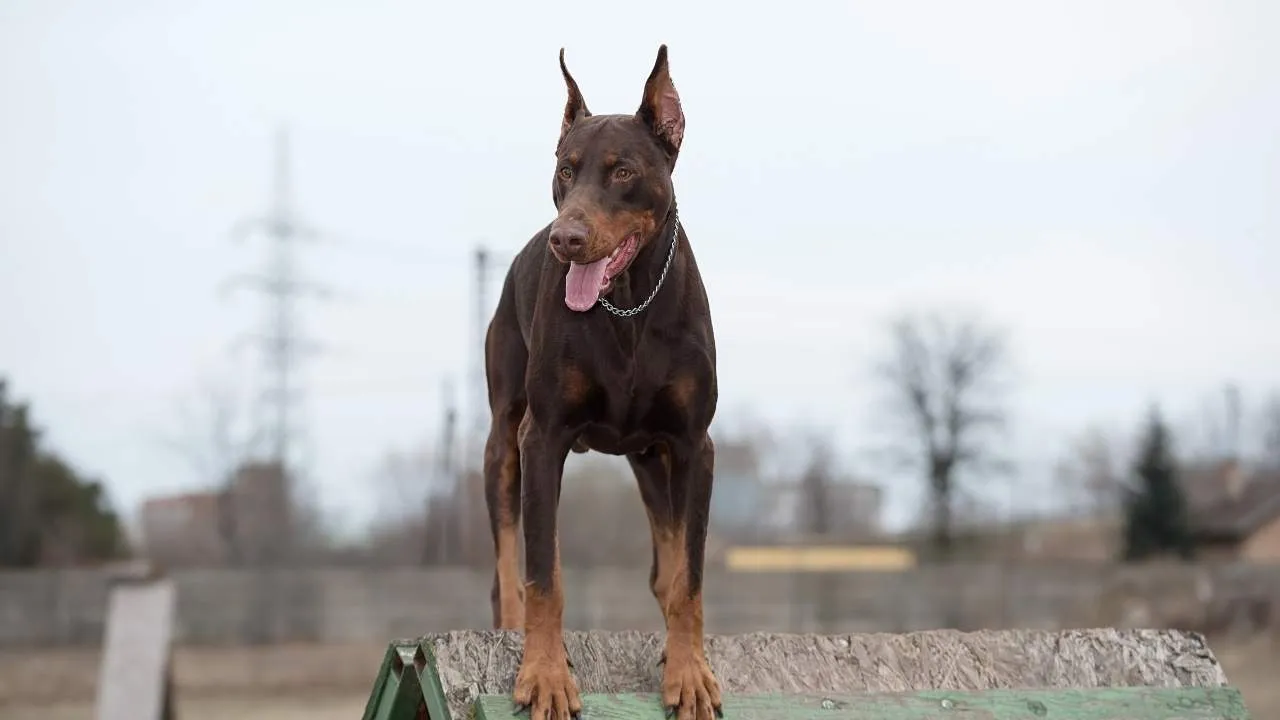
Few breeds embody courage and loyalty like the Doberman Pinscher. Created in late-1800s Germany by tax collector Louis Dobermann, the breed was engineered for intelligence, speed, and fearless protection. Their alert gaze and lightning-fast reflexes make them both elegant and formidable, qualities that have defined their legacy as trusted working war dogs.
Dobermans proved their worth in World War II, serving as sentries, messengers, and scouts for the U.S. Marine Corps. On the island of Guam in 1944, Kurt the Doberman saved over 250 soldiers before being fatally wounded — a story immortalized at the War Dog Memorial. Their courage under fire earned them the title “Devil Dogs of the Marines.”
Yet behind their intensity lies a dog deeply devoted to its handler. Dobermans form strong emotional bonds and often anticipate commands with uncanny intuition. This loyalty makes them equally protective of family members, treating children and loved ones as part of their “unit.”
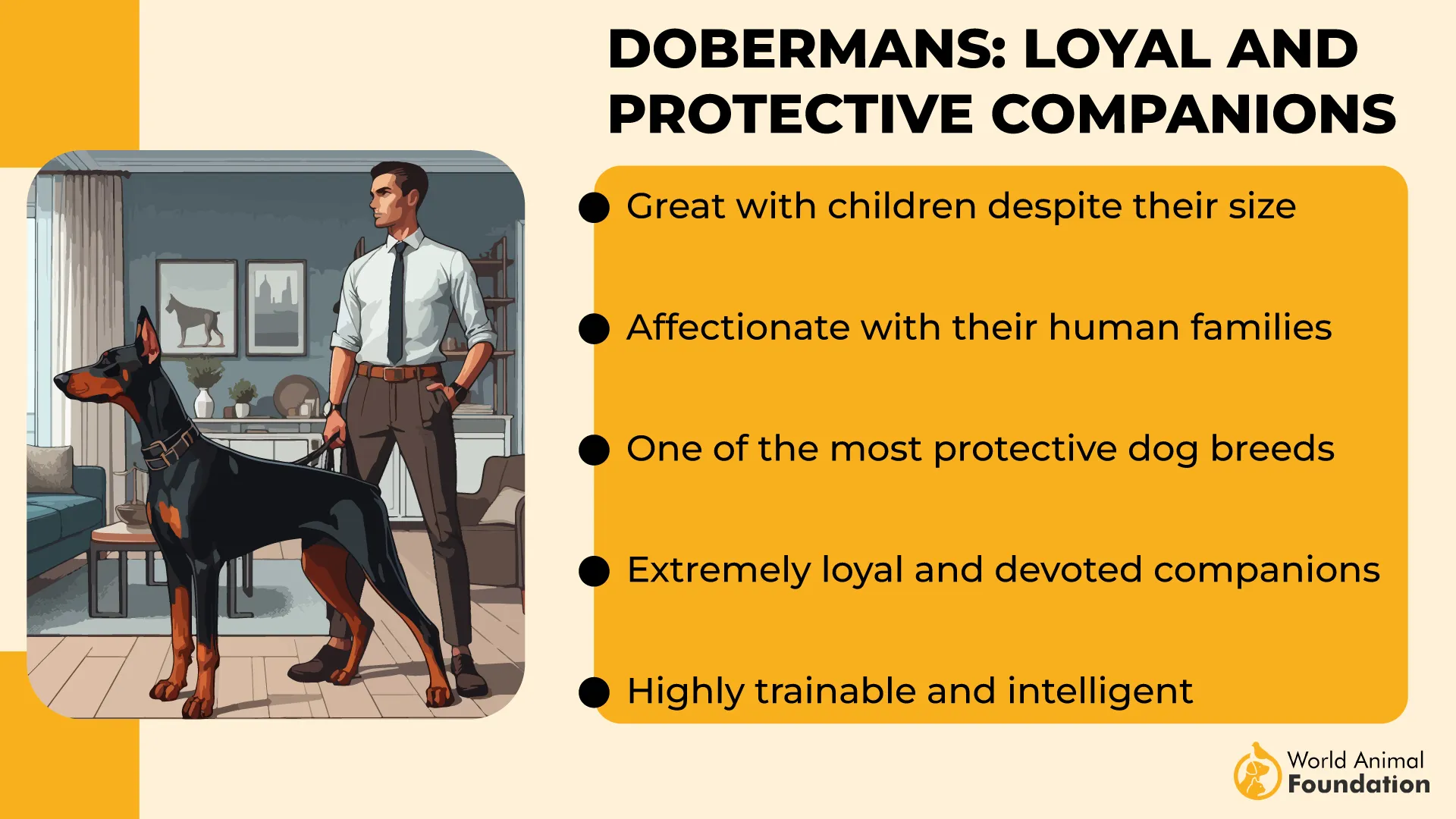
Training a Doberman is a rewarding challenge, they crave structure, consistency, and purpose. Their intelligence allows them to learn advanced tasks quickly, but they perform best when mentally stimulated through obedience drills, agility, or scent work.
Today, Dobermans remain top choices for police and military roles worldwide, balancing physical strength with an almost human-like sensitivity. Their drive to serve and protect has never faded — it has simply evolved with modern life.
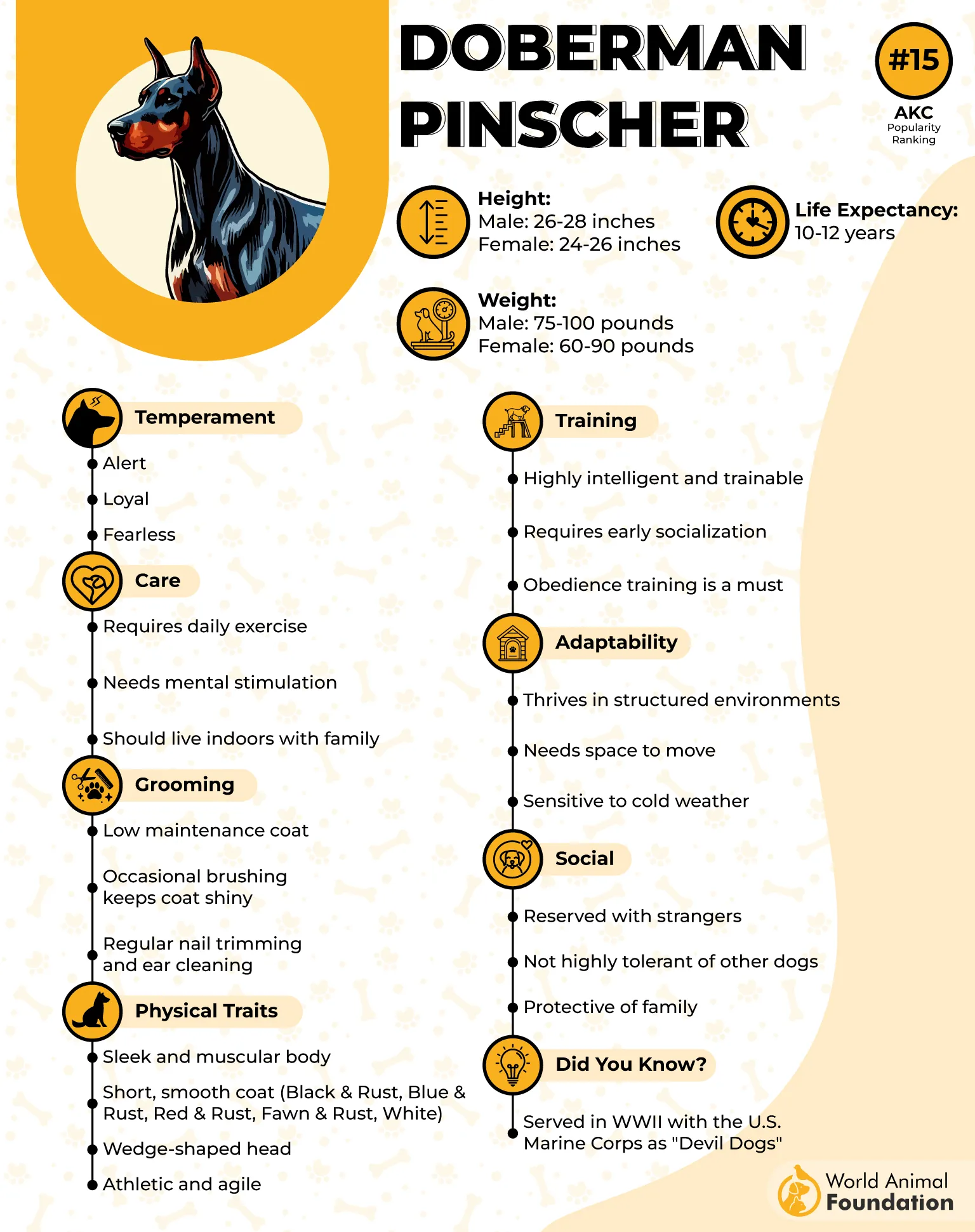
Quick Tips
Provide mentally challenging activities daily.
Establish consistent leadership early.
Build trust through positive, clear communication.
2. Alaskan Malamute
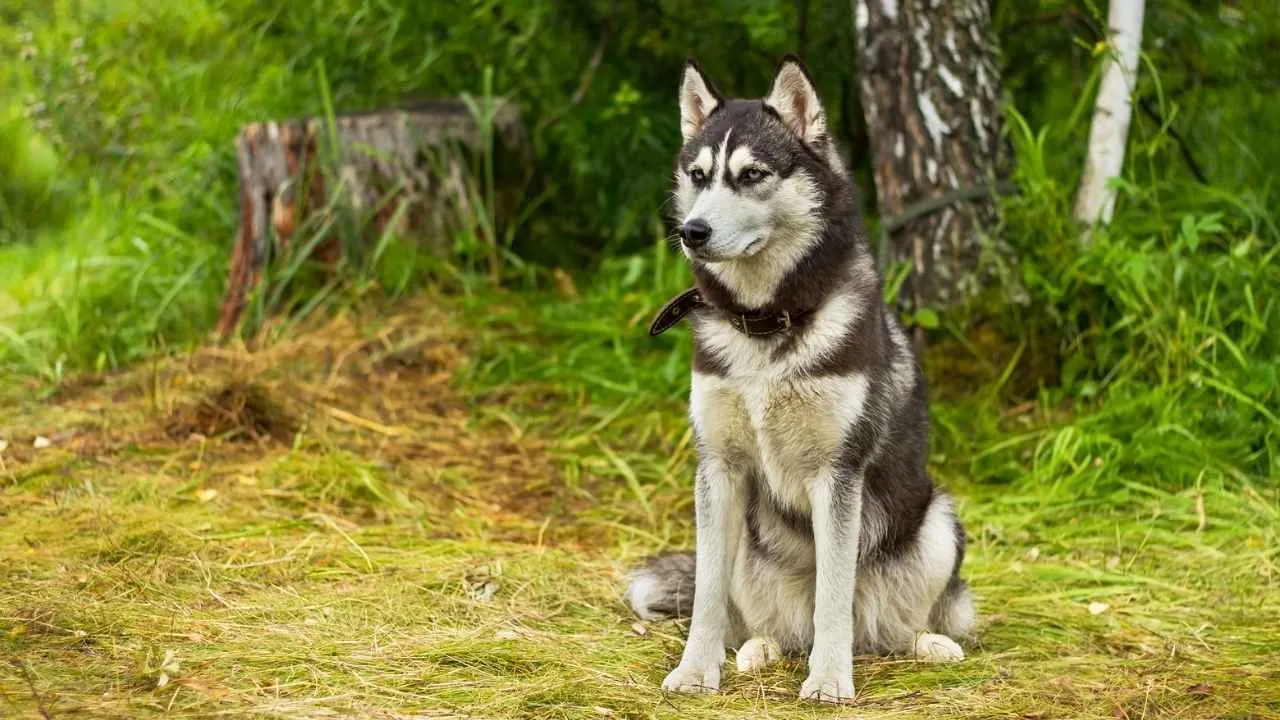
The Alaskan Malamute is a true powerhouse of endurance and spirit. Bred by the Mahlemut Inuit tribe for hauling heavy sleds across frozen terrain, these dogs became essential partners in both survival and exploration.
During World War II, Malamutes were enlisted by the U.S. military units to haul supplies, transport wounded soldiers, and locate downed pilots in Arctic conditions. Their unmatched stamina and cold-weather resilience made them invaluable working war dogs.
Beneath their wolf-like exterior lies an affectionate, loyal temperament. Malamutes thrive on companionship and are known to be deeply bonded with their handlers. Their friendliness makes them poor guard dogs but excellent team players who work tirelessly when trusted and respected.
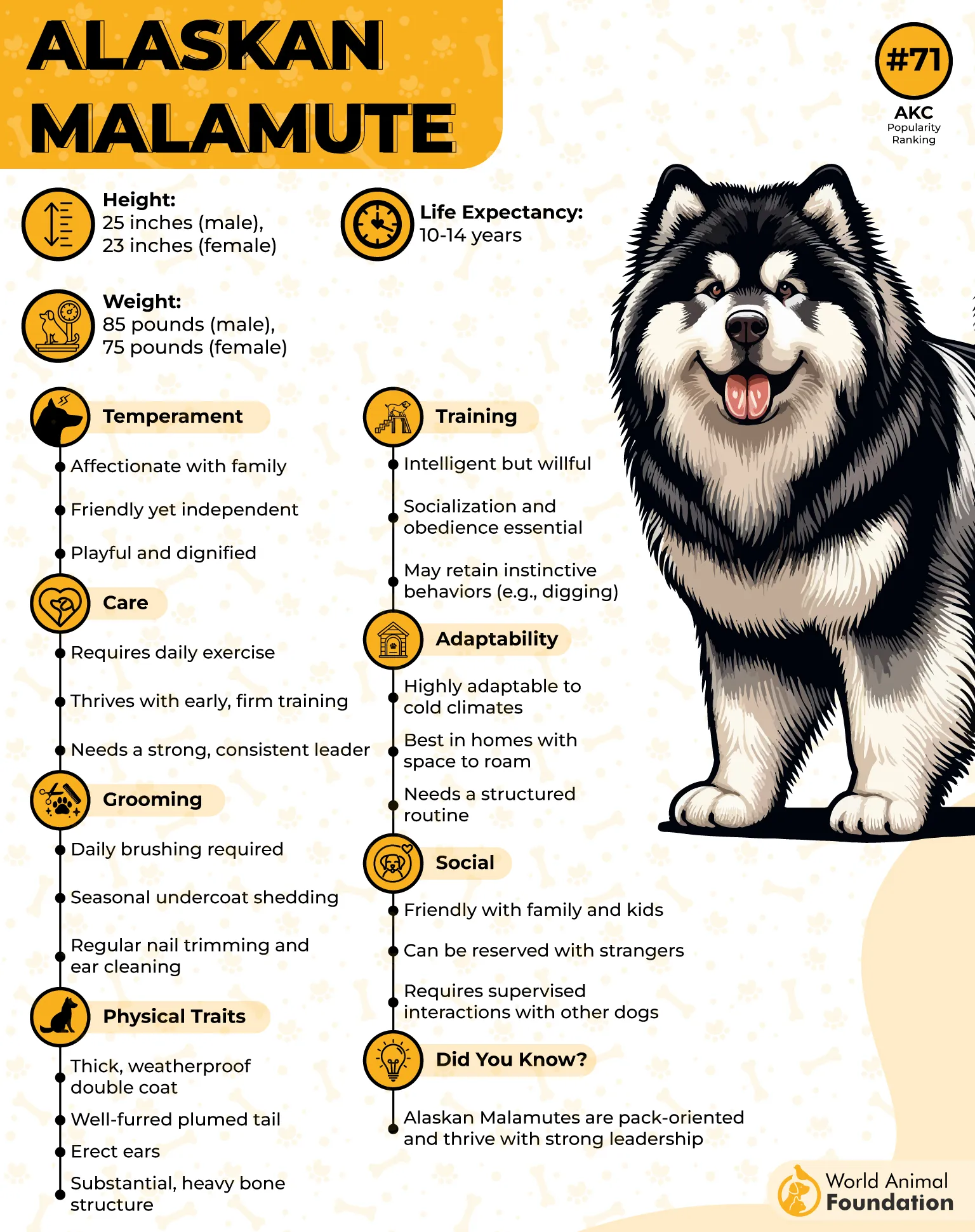
Training a Malamute requires patience and purpose. They’re independent thinkers who respond best to motivational techniques rather than strict correction. Clear communication and consistent expectations turn their strength into precision.
Today, Alaskan Malamutes are celebrated for their mix of power, endurance, and heart. Whether pulling sleds or protecting loved ones, they exemplify the balance between raw strength and loyal companionship.
Quick Tips
Focus on teamwork-based training.
Provide daily endurance exercises or pulling tasks.
Encourage consistent verbal cues over harsh corrections.
3. Anatolian Shepherd
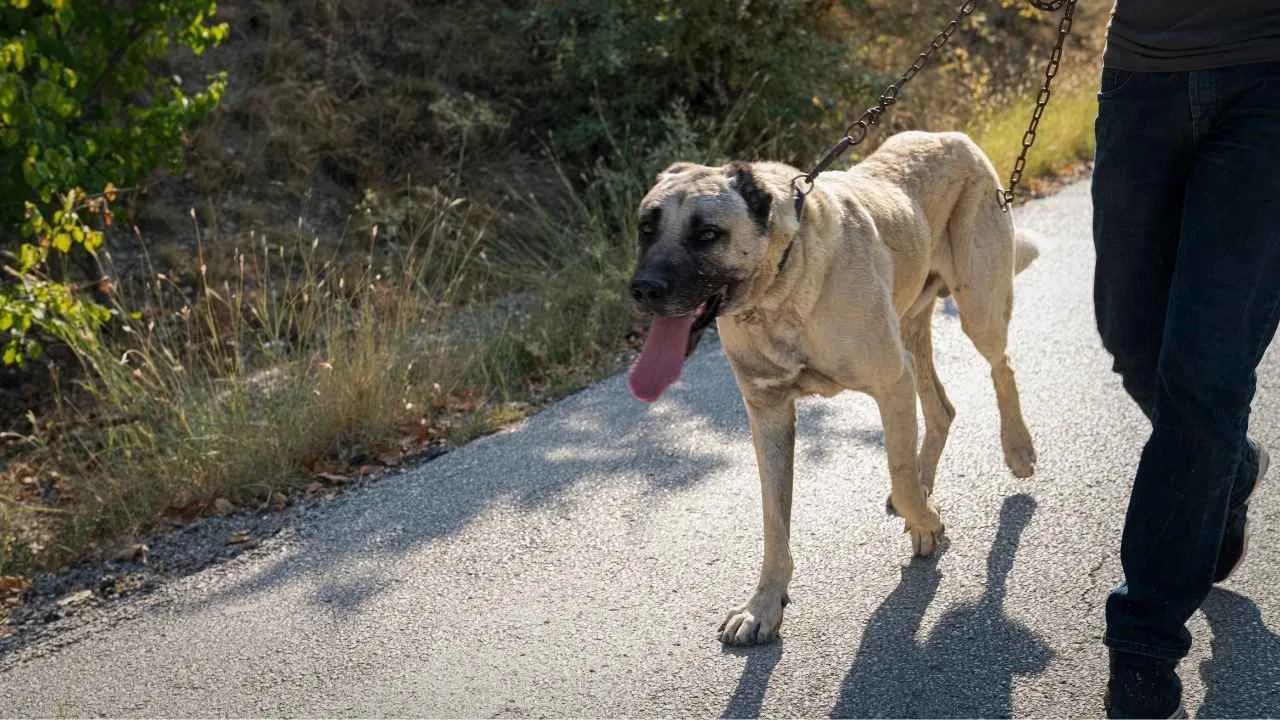
The Anatolian Shepherd is one of the world’s oldest guardian breeds, tracing its lineage back more than 6,000 years to ancient Mesopotamia. Developed to protect flocks and fortresses alike, these dogs possess extraordinary independence, courage, and endurance.
Historically, Anatolians were used by Assyrian soldiers and later Turkish armies as war and defense dogs, as stated by Mesu Andrews. Their sheer size, often over 150 pounds, and their strategic instincts made them natural defenders against both animal and human threats. They operated with a rare mix of patience and explosive power.
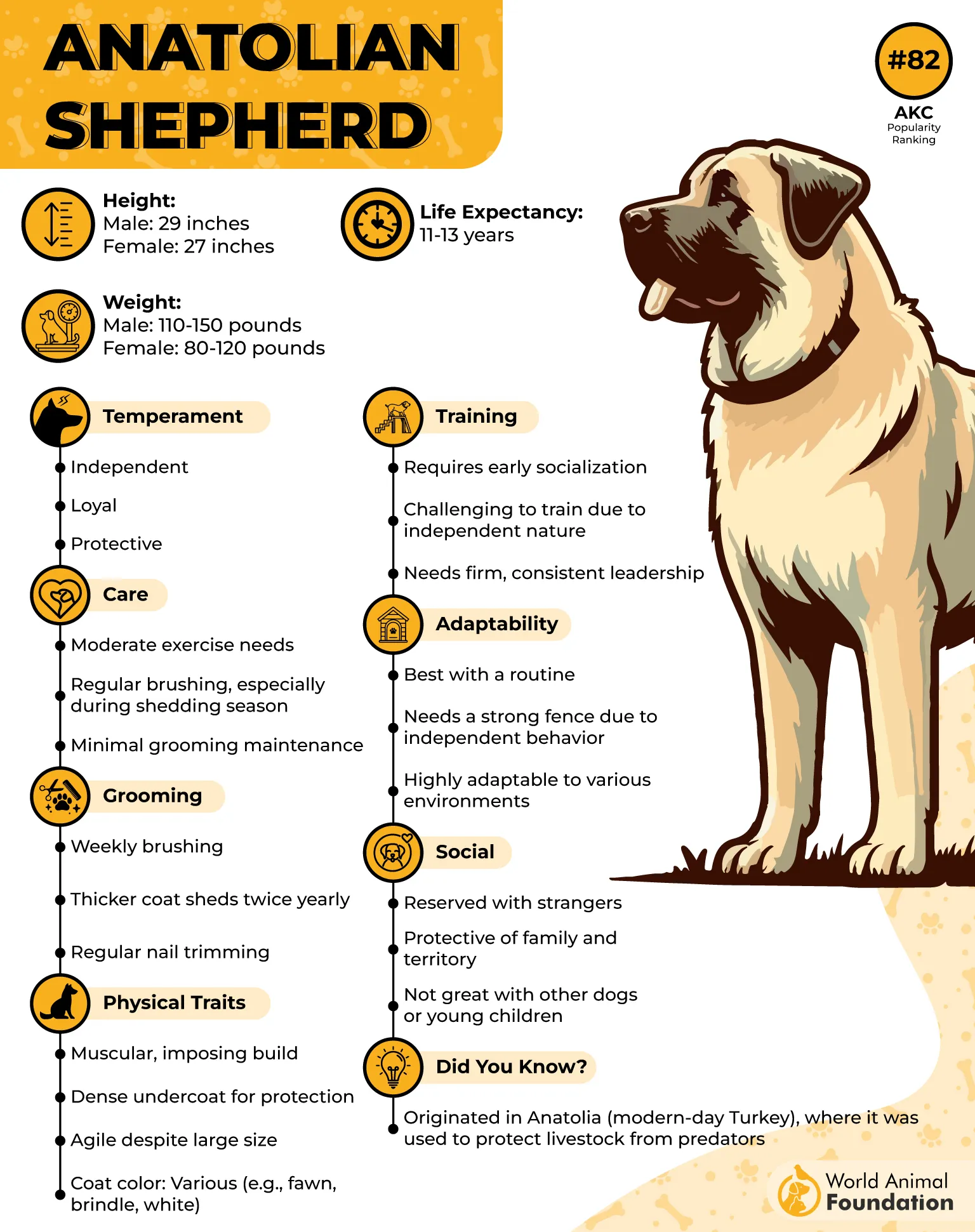
Their temperament is calm yet unyielding. Anatolians assess situations independently and act with measured precision. They’re not easily startled, preferring to observe before they respond, a trait that makes them exceptional protectors of livestock and home alike.
Training requires consistency and respect. These dogs respond best to firm but fair leadership, appreciating structure without excessive repetition. Their intelligence makes them quick learners, but they value trust more than commands.
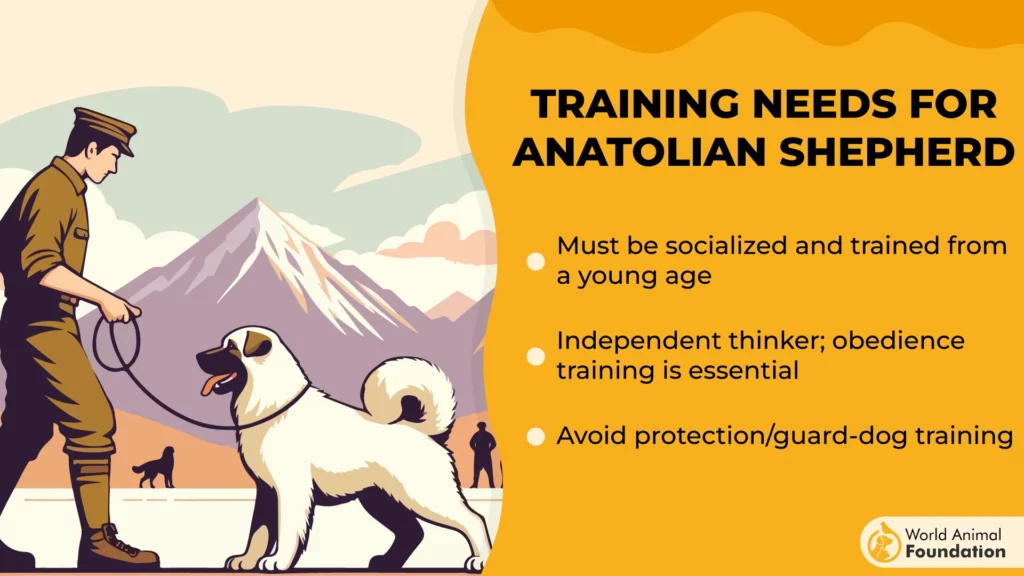
Today, the Anatolian Shepherd is known worldwide for its devotion and reliability. Whether guarding livestock in rural Turkey or families in suburban homes, their courage remains timeless, a legacy built on strength, loyalty, and quiet vigilance.
Quick Tips
Reinforce commands through trust, not pressure.
Provide open space to satisfy their guarding instincts.
Use short, consistent sessions for obedience training.
4. Cane Corso
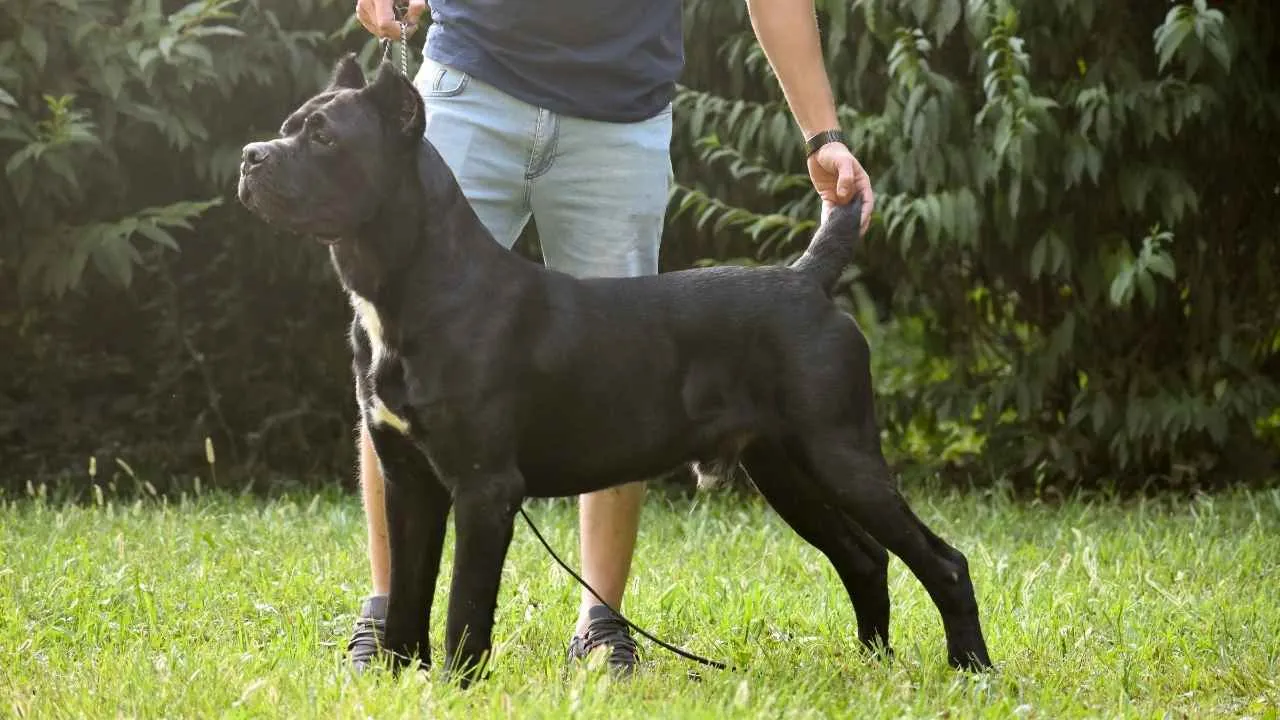
Muscular, intelligent, and deeply loyal, the Cane Corso is a modern descendant of the ancient Roman canis pugnax — dogs bred for battle and bravery. Their lineage stretches back to the Roman legions, where they served as war dogs and later as protectors of estates and livestock.
Once used in combat to charge enemy lines and guard soldiers, the Cane Corso’s strength is matched by remarkable control and discipline. The breed nearly vanished in the mid-20th century but was revived in the 1970s through dedicated Italian breeding programs, as noted by Fenrir Canine Leaders.
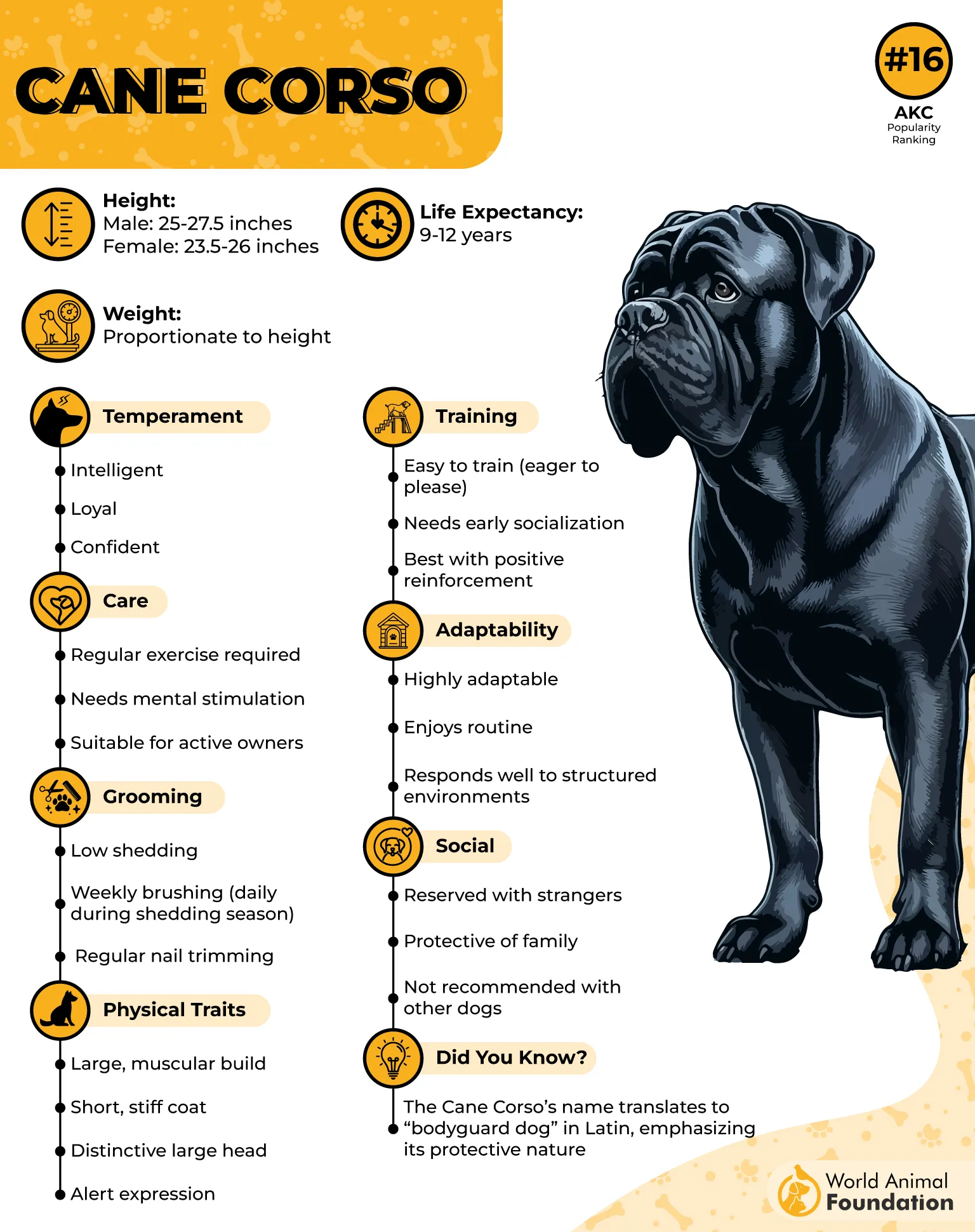
Despite their imposing appearance, Cane Corsos form powerful emotional connections with their families. They’re highly sensitive to human moods, making them exceptional family protectors and loyal companions. Their affection is quiet but profound, expressed through watchful presence and steadfast devotion.
Training a Cane Corso requires confidence and structure. They respond best to clear boundaries and positive engagement. Their intelligence allows them to master complex commands quickly, but they must understand their handler’s authority from the start.
Today, Cane Corsos continue to serve in protection, police, and family roles worldwide. They are living proof that power and heart can coexist, noble warriors who fight not for conquest but for loyalty.
Quick Tips
Train early to build respect and discipline.
Offer tasks or challenges to keep them engaged.
Balance strength training with emotional bonding.
5. Great Dane
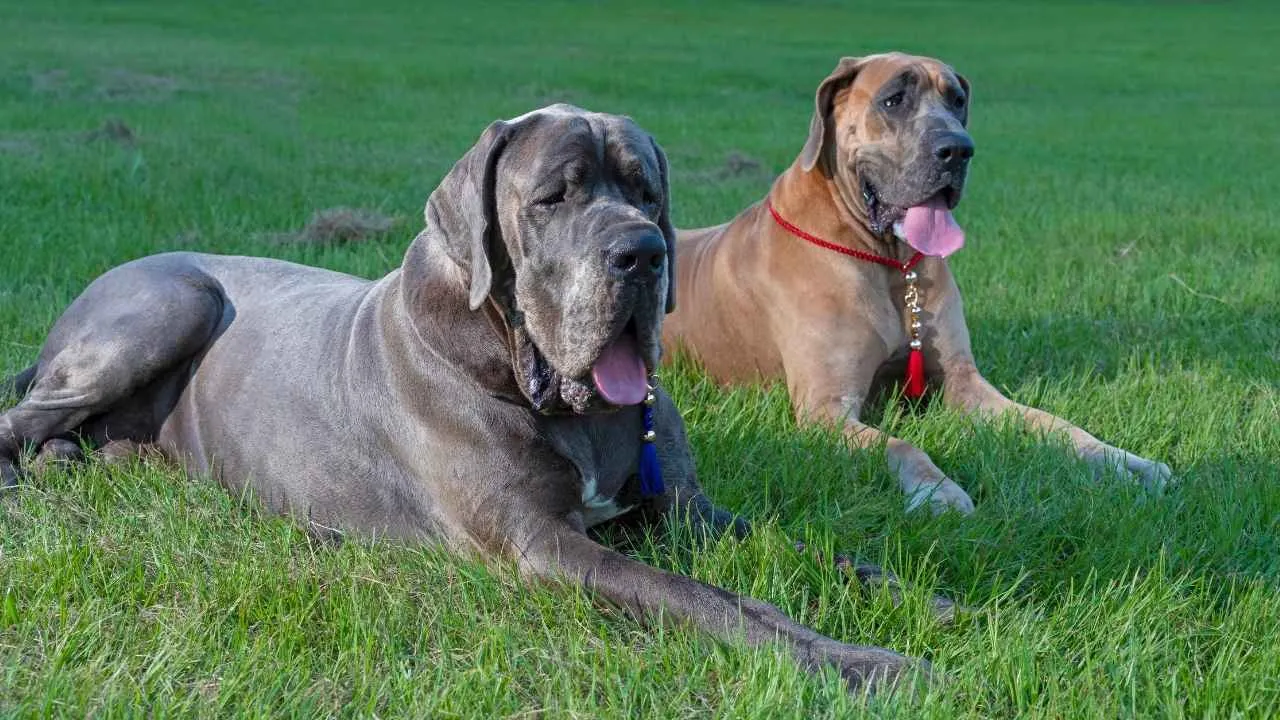
The Great Dane, often called the “Apollo of dogs,” stands as one of the tallest and most noble breeds ever to serve in combat and companionship. Originating in Germany, these giants were bred to hunt wild boar and guard estates, combining elegance with tremendous strength.
Great Danes earned their place in history as war dogs during the 16th century, accompanying Spanish conquistadors and later serving European armies as messengers and sentinels. Their size and courage made them imposing deterrents on the battlefield, able to carry supplies or alert troops to approaching threats.
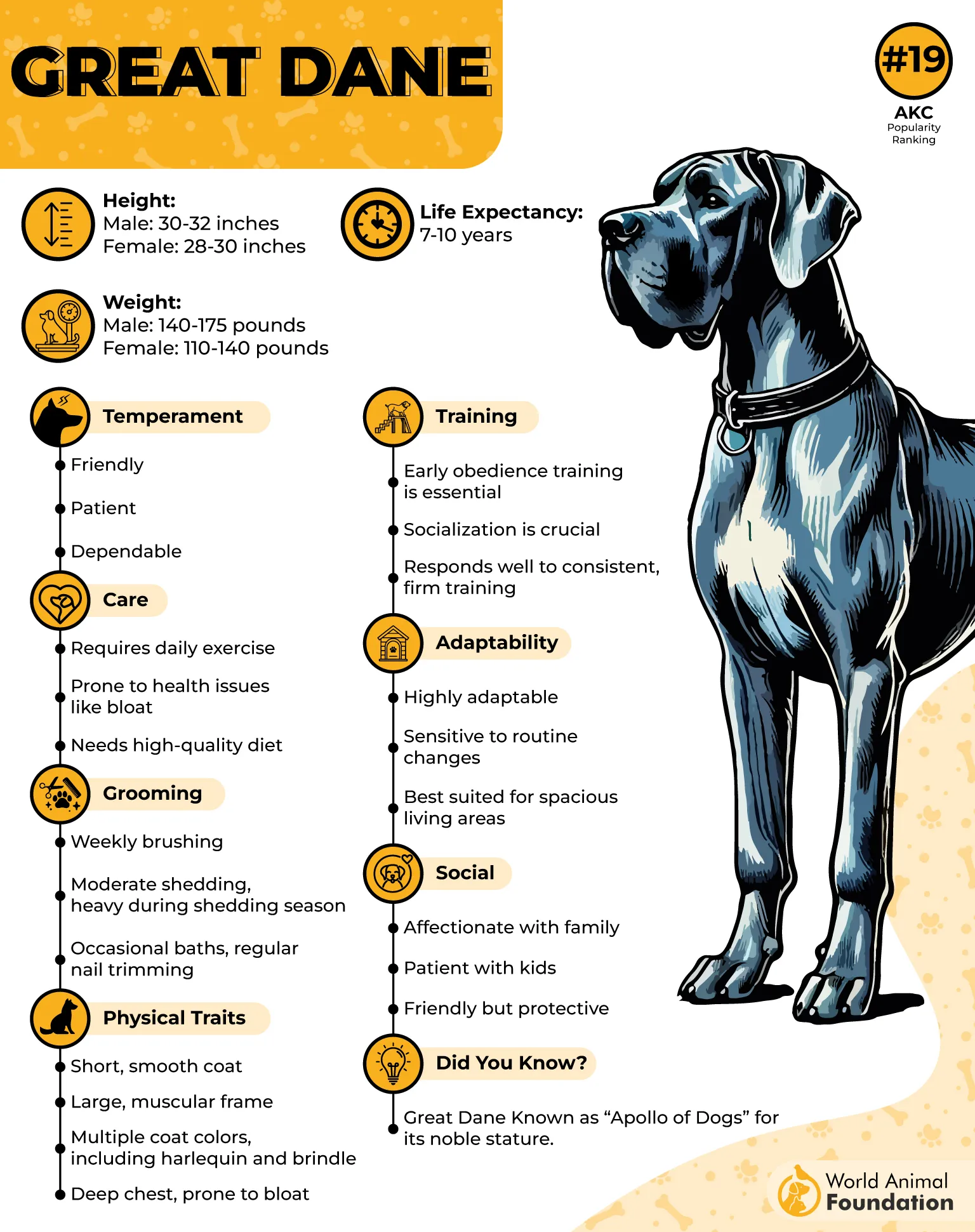
Despite their massive build — males can reach 32 inches and weigh up to 175 pounds — Great Danes are gentle, affectionate, and protective toward their families. Their calm nature and keen awareness make them excellent guard dogs who bond deeply with their people.
In training, patience and consistency are key. Their intelligence and sensitivity mean they respond best to positive reinforcement and early socialization. When given firm guidance, Great Danes mature into loyal companions who balance power with grace.
Today, they remain admired not only for their majestic stature but for their courage and devotion — qualities that once served armies and now serve families with equal heart.
Quick Tips
Start obedience and leash training early.
Encourage gentle behavior through positive cues.
Provide steady leadership to build confidence.
6. Giant Schnauzer
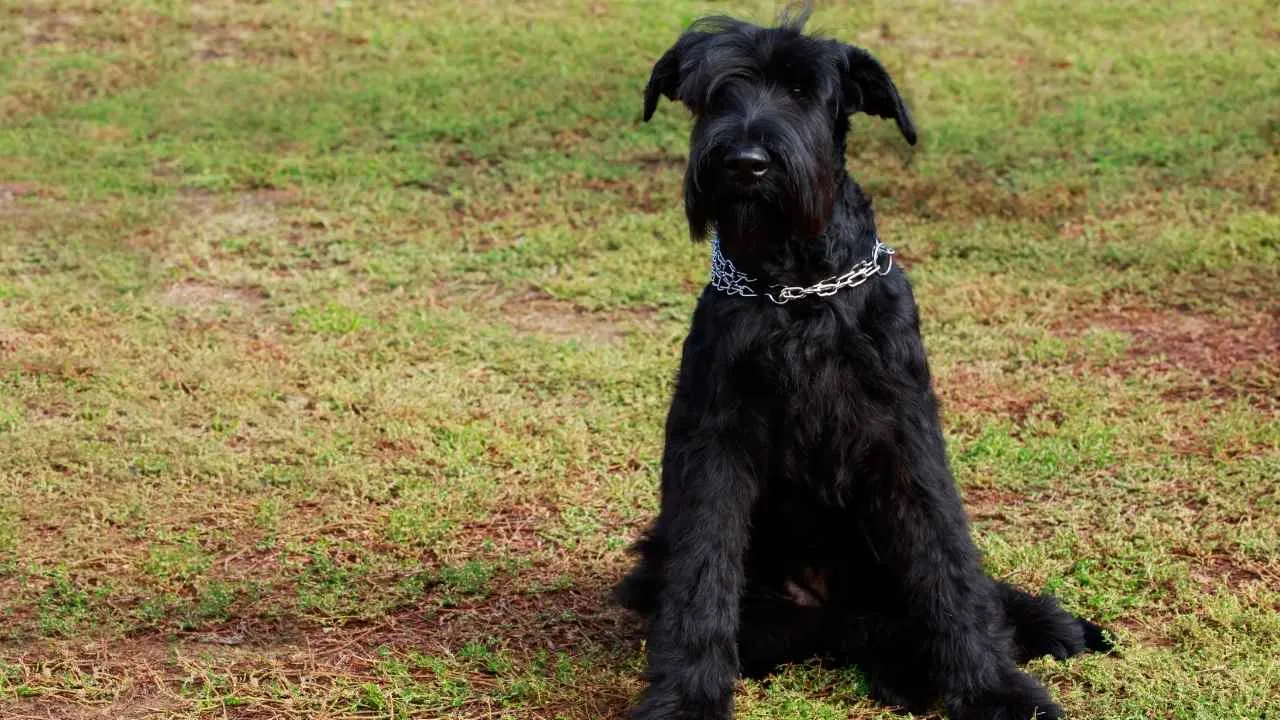
The Giant Schnauzer is a powerhouse of focus and endurance, bred in 17th-century Germany to drive cattle and guard breweries. Their alert expression and dense frame reflect a dog built for both work and discipline.
In World Wars I and II, Giant Schnauzers served as military messengers and sentries, prized for their intelligence and stamina. The breed continues to shine today in the U.S. Air Force as one of the most effective K9 working dogs, demonstrating exceptional scent detection and search capabilities as noted by the U.S. War Department.
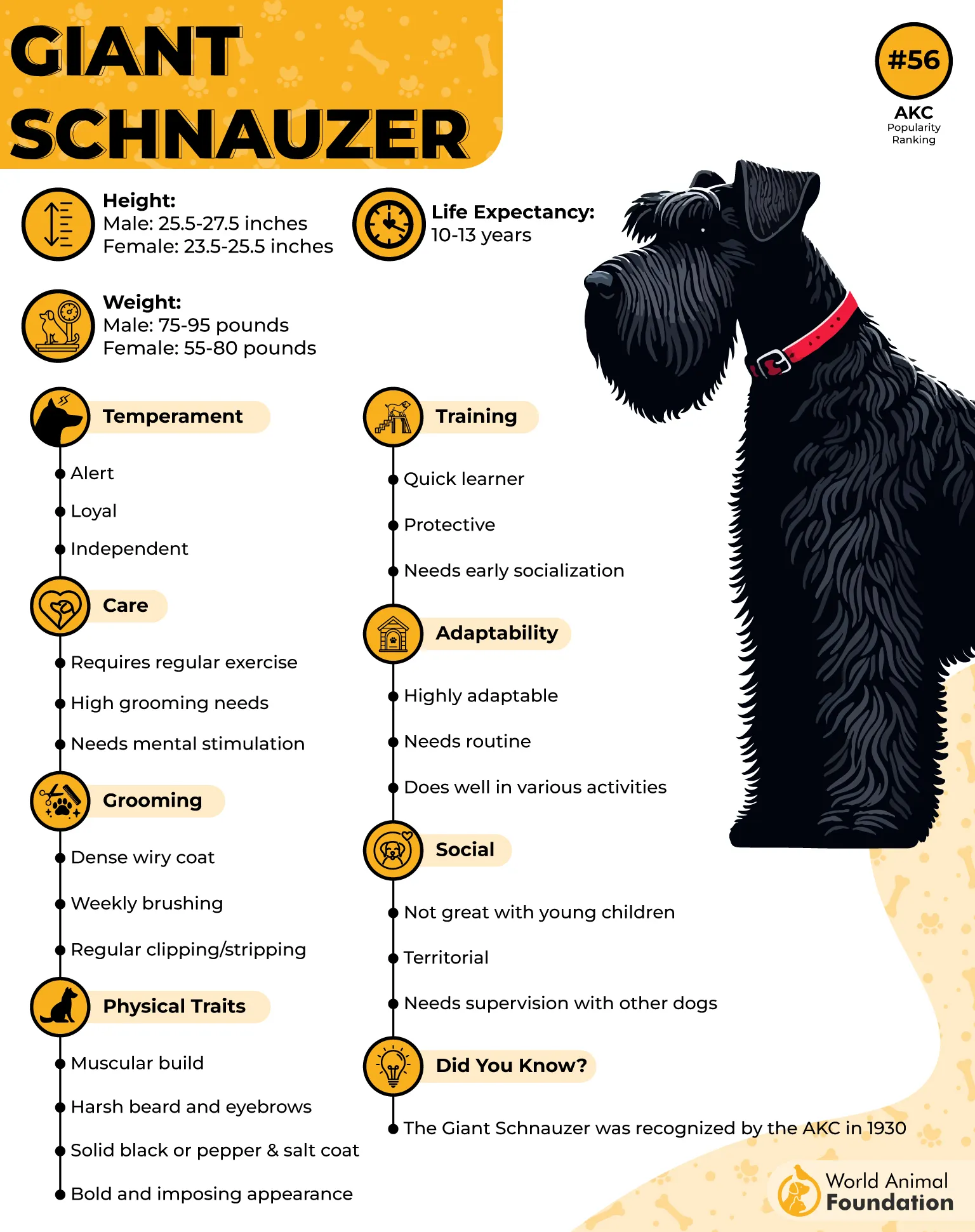
Their temperament is a blend of confidence and loyalty. While naturally wary of strangers, they are affectionate and playful with family. Their strong protective instincts make them trustworthy defenders, but they require mental engagement to stay balanced and happy.
Training is crucial for this breed’s success. With high energy and intelligence, they excel in structured obedience, agility, and scent work. They respect authority when it’s earned through consistency rather than force.
The modern Giant Schnauzer stands as a symbol of discipline and devotion — a working war dog whose sharp mind and loyal heart make them one of the most versatile protectors ever bred.
Quick Tips
Incorporate advanced obedience and scent games.
Reinforce structure and leadership early.
Balance physical exercise with mental tasks daily.
7. Akita
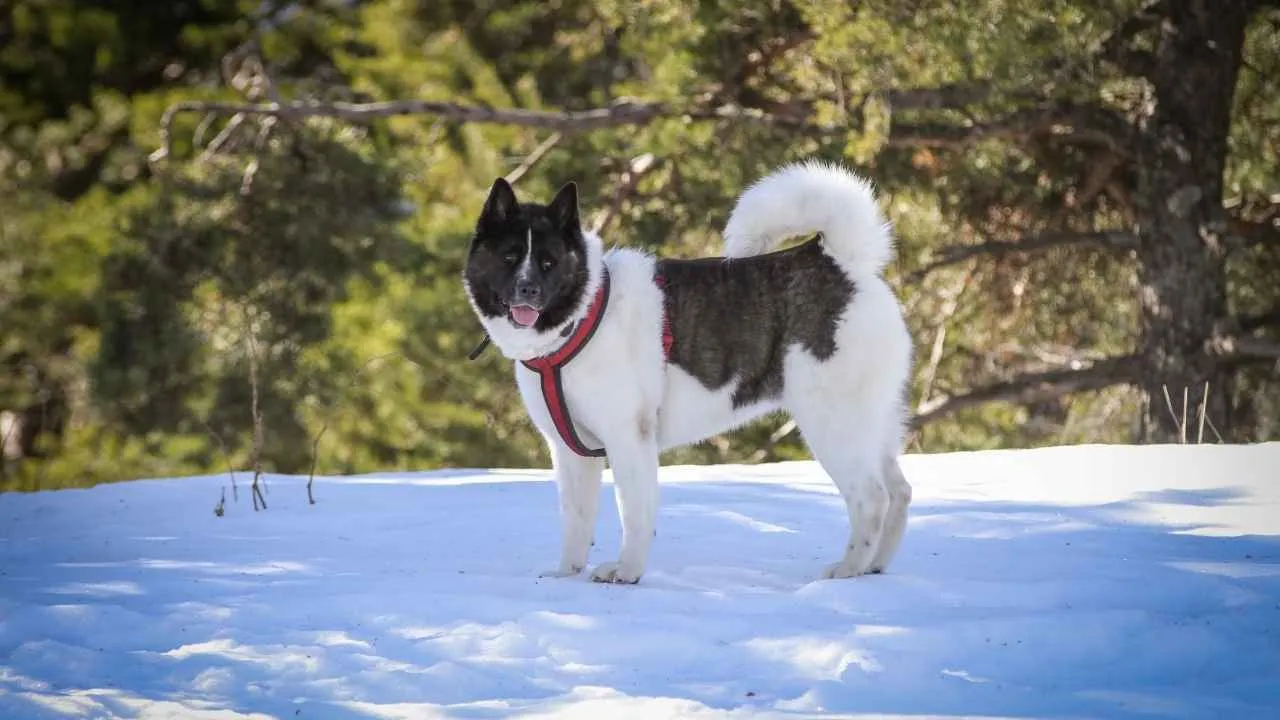
Majestic, loyal, and quietly powerful, the Akita is Japan’s symbol of devotion. Originally bred to protect nobility and hunt large game, its calm demeanor conceals the heart of a warrior. The breed’s courage and discipline made them ideal war and guard dogs throughout Japanese history.
During wartime, Akitas served as reliable messengers and perimeter guards. Despite near extinction in World War II, enthusiasts preserved the breed by crossbreeding with German Shepherds, ensuring the Akita’s resilience lived on. After the war, American soldiers brought Akitas home, introducing their quiet strength to the world, as stated by Britannica.
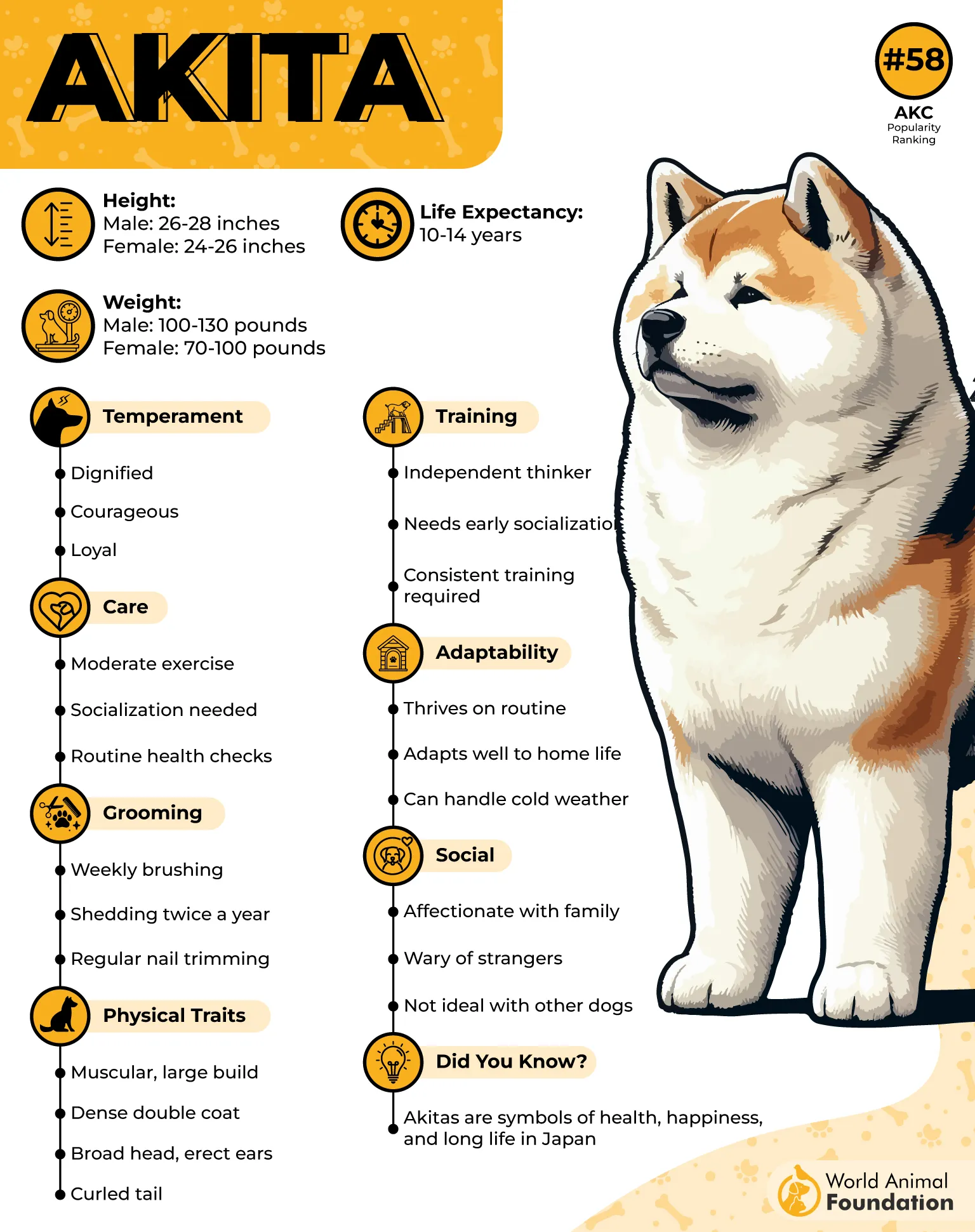
Akitas are deeply family-oriented and known for their emotional intelligence. Once bonded, they become fiercely protective of their household and especially gentle with children. Their loyalty borders on legendary; an Akita will guard, watch, and wait as long as needed.
In training, they require patience and mutual respect. Akitas do not respond to harsh discipline; instead, they thrive on calm authority and consistency. When trained correctly, their obedience is unwavering, and their independence turns into disciplined self-control.
Modern Akitas remain both noble companions and vigilant protectors. They represent a balance between serenity and strength — an unshakable ally that commands respect through quiet confidence.
Quick Tips
Maintain calm, assertive energy during training.
Encourage early socialization to build confidence.
Reward loyalty with steady routines and affection.
FAQs
Are Dobermans recognized as strong war dogs?
Yes, they’re among the most respected military working dogs, known for courage, keen senses, and a strong sense of duty. Their commanding presence and protective nature made them vital assets in military operations and patrol duties.
How can you train a former war dog to be gentle at home?
Proper training and consistent routines help them transition smoothly. Use positive reinforcement, patience, and daily exercise to rebuild trust and encourage their friendly nature.
Can war dogs live comfortably in apartments or small spaces?
While some large dogs adapt to smaller homes, most military service dogs and rescue dogs need open areas for exercise. Regular walks, interactive play, and mental challenges help them stay calm and balanced.
Conclusion
Military dog breeds have served courageously in combat zones, rescue missions, and as explosive detection dogs, saving countless lives alongside their human counterparts. Their fierce loyalty, strong work ethic, and ability to follow complex commands make them essential in modern military tasks and security roles.
From messenger dogs to search and rescue teams, these versatile working dogs showcase courage under pressure and a tireless work ethic across demanding environments. Other dog breeds, such as the Labrador Retriever, Belgian Malinois, Dutch Shepherd, and Staffordshire Bull Terrier, also excel in physically demanding tasks such as search and rescue missions, military and police work, and form strong bonds through consistent training and unmatched devotion to their missions.


